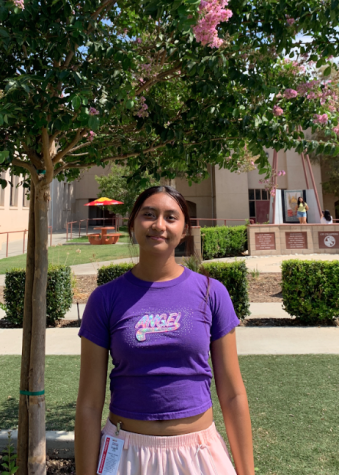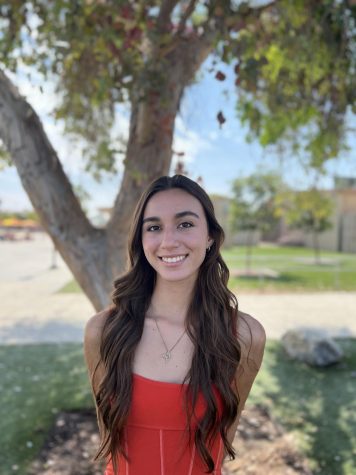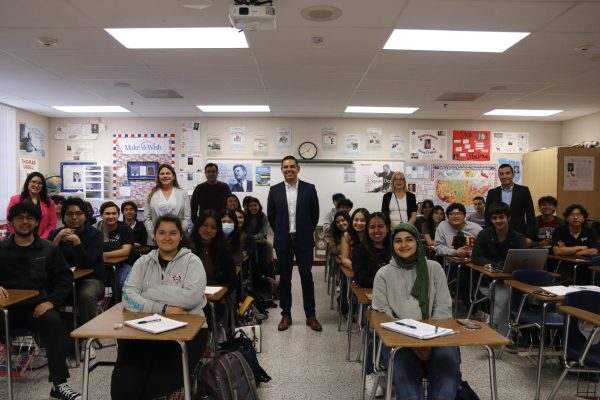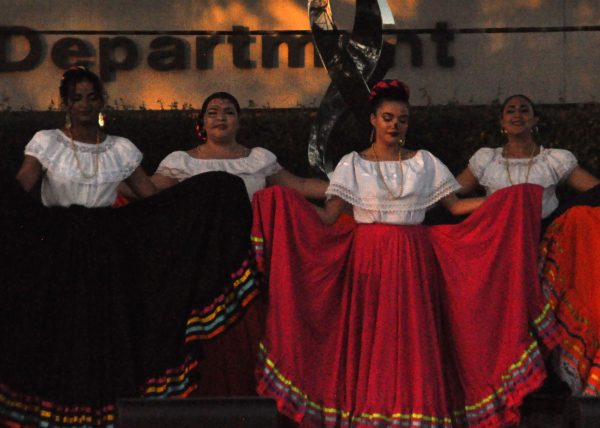Banned Book Week
October 24, 2022
As we go later into the school year, students take note of the autumn winds picking up as a sign that English teachers will soon let them decide their own fate. That is to say, they will be assigned independent reading assignments for which they can pick what book they want to read. Of course, teachers often provide a list so students are actually given the illusion of choice. And even then, in some states there are books that are banned. So a student’s limited choices are even further limited. Disagreements on the contents of literature has been a long standing debate and the destruction of books deemed inappropriate is essentially cultural warfare.
Book bans are often decided by a majority vote within that state’s board of education and a survey amongst the parents. They decide whether or not the contents of the book are “appropriate” or safe to consume by their intended audience. There are no regulated standards on what deems a book acceptable, but a trend in where more books are banned and what books are banned can be noted. Downey High School English teacher, Ms. Ordway comments that “Banning books and the acceptance of books being banned is dangerous because someone—whether that someone is a group, an organization, or an individual is forming a society to their moral compass. We are not the same person we need diversity of thought and opinions even when they differ from our own.”
States with the most banned books in their curriculum fall in the midwest and southeast regions of the United States and are largely conservative. As of April 2022, Texas is recorded as having banned 713 books banned (NBC). This is the most books banned of all the states, with Pennsylvania being the runner up at 456 books banned. The recent spike in book bannings coincides with the passing of anti-race and anti-LGBTQ education laws. Books noted as containing depictions of sexuality or race that would make readers uncomfortable with their own identity would be put in review in order to be banned. In response, Mrs. Ordway stated, “Those with power often use the written word to limit or try to limit the thinking of the average person. Stories, both fictional and non-fiction have power—they make us think, feel, and hopefully see others differently than before.”
While Gov. Gavin Newsom openly expresses his opinions on the concept of book banning, literature is still being banned in individual counties in California. Schools in Burbank observed the banning of several books, including: The Adventures of Huckleberry Finn, To Kill a Mockingbird, Of Mice and Men, The Cay, and Rolling Thunder, Hear my Cry (The Mercury News). In the sphere of English, these titles are considered classics. These books were noted as being banned for “anti-racism” purposes. Burbank Unified School District believed they could attribute the racism students faced amongst themselves to the reading of books containing racial prejudice and racial slurs. When she heard about this, Downey High School English teacher Mrs. Crespo stated, “I don’t think it should be banned. I think students should still be able to read it and talk about the hard issues. I think students are tenacious, they can have difficult conversations about books. So I think to take it off the table is like saying they can’t handle that.”
The banning of books is an ongoing and raging issue that will probably not see a compromise in the near future. However, it is important to discuss the importance of information access and the determinants of limiting this information. Banning books goes beyond shielding students and adhering to conservative ideals; students have earned the right to have every educational door opened to them. It’s time to stop locking students out.








